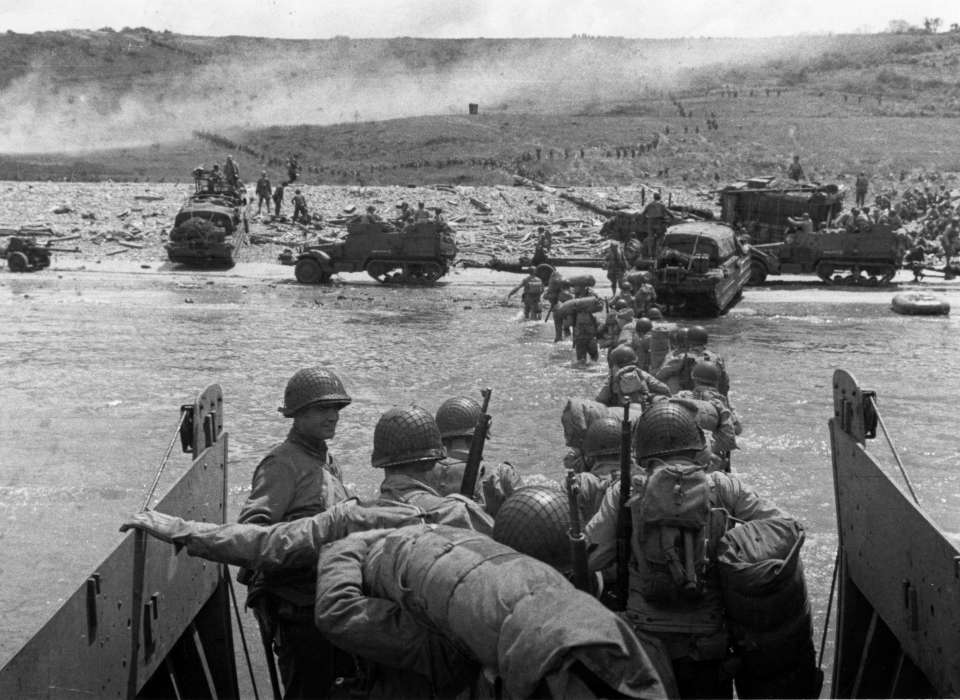On June 6, 1944, the Allied forces launched a massive invasion on the beaches of Normandy, France, known as D-Day. This operation marked the beginning of the end for Nazi Germany in World War II. With meticulous planning and coordination between air, land, and sea forces, over 150,000 troops from different nations gathered in England and overcame heavily fortified German coastal defenses. The success of D-Day led to the liberation of France and the eventual push into Germany, bringing an end to the war. The bravery and sacrifice of the Allied troops on D-Day will forever be remembered as a symbol of courage and determination.
D-Day: The Allied Invasion of Normandy and the Beginning of the End for Nazi Germany
June 6, 1944, a day that would go down in history as one of the turning points of World War II. Known as D-Day, this was the day when Allied forces launched a massive invasion on the beaches of Normandy, France, marking the beginning of the end for Nazi Germany.
The Planning and Preparation
The planning for D-Day began months in advance, with Allied commanders meticulously planning every detail of the operation. The objective was to establish a beachhead in Normandy and eventually push inland to liberate France from German occupation. The success of the mission depended on careful coordination between air, land, and sea forces.
On the eve of D-Day, over 150,000 troops from the United States, Great Britain, Canada, and other Allied nations were gathered in England, waiting for the signal to begin the invasion. Over 5,000 ships and landing craft were assembled to transport the troops across the English Channel, while thousands of aircraft were ready to provide air support.
The Invasion
At dawn on June 6, 1944, the invasion began with an intense bombardment of the German coastal defenses. The beaches of Normandy were heavily fortified with obstacles, mines, and machine gun emplacements, but the Allied forces were determined to overcome them.
As the troops landed on the beaches under heavy enemy fire, casualties mounted, but the Allies pressed on. Despite the initial difficulties, Allied forces were able to establish a foothold on the beaches and begin pushing inland. Over the next few days, the Allies fought fiercely to secure their positions and expand their beachhead.
The Aftermath
The success of D-Day marked a major turning point in World War II. The Allies now had a foothold in Western Europe and were able to begin the long process of pushing the Germans back. The liberation of France was now in sight, and the end of Nazi Germany was within reach.
Over the next few months, Allied forces continued to push the Germans back, liberating town after town in France and eventually pushing into Germany itself. The end of the war was now in sight, and it was only a matter of time before the Allies emerged victorious.
Conclusion
D-Day will forever be remembered as one of the most important military operations in history. The bravery and sacrifice of the Allied troops who landed on the beaches of Normandy that day played a crucial role in defeating Nazi Germany and bringing an end to World War II. The success of D-Day paved the way for the liberation of Europe and the eventual defeat of the Axis powers. It is a day that will be remembered by generations to come as a symbol of courage, determination, and sacrifice.
